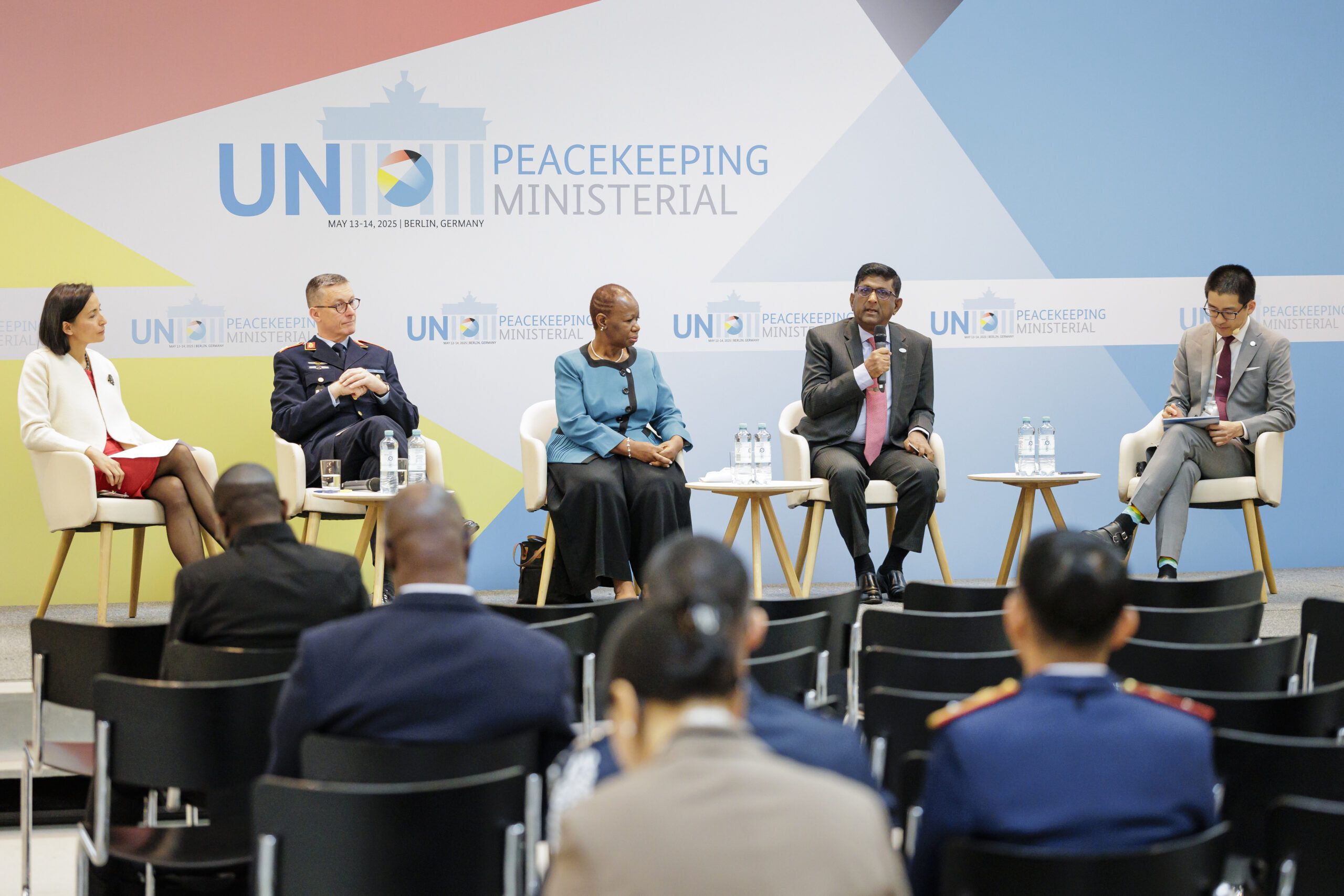

Array
(
[thumbnail] => https://s42831.pcdn.co/wp-content/uploads/2022/09/hero-fpo-150x150.jpg.optimal.jpg
[thumbnail-width] => 150
[thumbnail-height] => 150
[medium] => https://s42831.pcdn.co/wp-content/uploads/2022/09/hero-fpo-300x150.jpg.optimal.jpg
[medium-width] => 300
[medium-height] => 150
[medium_large] => https://s42831.pcdn.co/wp-content/uploads/2022/09/hero-fpo-768x384.jpg.optimal.jpg
[medium_large-width] => 768
[medium_large-height] => 384
[large] => https://s42831.pcdn.co/wp-content/uploads/2022/09/hero-fpo.jpg.optimal.jpg
[large-width] => 1000
[large-height] => 500
[1536x1536] => https://s42831.pcdn.co/wp-content/uploads/2022/09/hero-fpo.jpg.optimal.jpg
[1536x1536-width] => 1000
[1536x1536-height] => 500
[2048x2048] => https://s42831.pcdn.co/wp-content/uploads/2022/09/hero-fpo.jpg.optimal.jpg
[2048x2048-width] => 1000
[2048x2048-height] => 500
[gform-image-choice-sm] => https://s42831.pcdn.co/wp-content/uploads/2022/09/hero-fpo.jpg.optimal.jpg
[gform-image-choice-sm-width] => 300
[gform-image-choice-sm-height] => 150
[gform-image-choice-md] => https://s42831.pcdn.co/wp-content/uploads/2022/09/hero-fpo.jpg.optimal.jpg
[gform-image-choice-md-width] => 400
[gform-image-choice-md-height] => 200
[gform-image-choice-lg] => https://s42831.pcdn.co/wp-content/uploads/2022/09/hero-fpo.jpg.optimal.jpg
[gform-image-choice-lg-width] => 600
[gform-image-choice-lg-height] => 300
)
The ruling of the Permanent Court of Arbitration (PCA) in The Hague against China’s claim on the South China Sea in a case brought before the court by the Philippines should prima facie have remained a bilateral matter between the litigants. In reality, however, it has become an exemplar of China’s role in the ongoing contest to determine the world order. China’s shrill and bellicose response during and after the ruling has only served to heighten alarm over Beijing’s intentions and behaviour among all the major powers, including India.
China’s attitude ranged from benign disengagement and denial of the court’s jurisdiction to rabid intimidation and downright threats. It made little effort to engage with either the PCA or to build support for its cause. Instead, it erroneously assumed that as a global power, it had earned the right to violate the very rules that it had signed up to earlier.
Among China’s paltry and dubious supporters were land-locked Afghanistan and Niger. Ironically, though Taiwan’s rejection of the PCA ruling was along the lines of China (as the former also claims the South China Sea), Taipei’s support is of no consolation to Beijing. Bizarrely, Pakistan supported China’s rejection of the ruling and called for resolution of the dispute “through consultations and negotiations by states directly concerned, in accordance with bilateral agreements” even as Islamabad’s representative at the UN demanded implementation of international resolutions to address bilateral disputes. Had China garnered some modicum of support, its “optional exception” argument—though legally untenable—might have had some political viability. Instead, as US defence secretary Ashton Carter foretold, China’s actions have built a “Great Wall of self-isolation”.
China’s approach to the United Nations Convention on the Law of the Sea (UNCLOS), the PCA and the South China Sea case was in stark contrast to India’s successful engagement in 2008 (with a little help from Washington) of the Nuclear Suppliers Group to seek a one-time waiver. This exception was granted partly in recognition of India’s growing global role and partly on account of New Delhi’s constructive diplomatic outreach and engagement with key capitals (apart from its non-proliferation record).
The PCA ruling also challenges two additional myths of an emerging peaceful world order. First, that the greater the economic and trade links, the less the geopolitical competition between countries. However, this is not the experience vis-à-vis China.
In 2015, the Association of Southeast Asian Nations (Asean) became China’s third largest trading partner. According to Chinese statistics, in 2015, bilateral trade between China and the Philippines grew by 2.7% and hit a new record of $45.65 billion. The Philippines was one of only four Asean countries to retain a positive growth with China. Similarly, according to Philippine statistics, in 2015, China was the second largest trading partner and third largest export market of the Philippines. Yet, as the bitter stand-off over the PCA ruling underlines, none of this translated into political bonhomie.
Second, there is also the perception that the closer the web of international institutions and arrangements, especially with dispute resolution mechanisms, is woven, the less the inclination of nations to resort to brute force or the threat of use of force. This too has been belied by China’s actions.
In fact, contrary to the benign perception of international cooperation buttressed by closer economic, trade and institutional integration, it is more likely that China’s reaction to the adverse ruling will have a negative impact on other multilateral processes; it will certainly cast a shadow on the China-led September G-20 summit in Hangzhou and the October BRICS summit in Goa, and diminish the already dim prospects of UN Security Council reforms. Conceivably, even the resolution of the China-India border is likely to regress.
Similarly, although the PCA ruling is unlikely to be enforced (given that the only country which could do so—the US—has not ratified UNCLOS and is presently unwilling to challenge China militarily) Beijing has issued a not-so-veiled threat to escalate military tensions by unveiling a pair of so-called “carrier-killer” missiles.
Welcome to a more chaotic, dangerous and disorderly world.
This article was originally published by LiveMint on July 18, 2016
WPS Sidhu is a non-resident Senior Fellow at the Center on International Cooperation | Twitter: @wpssidhu
More Resources
-

-

Reflections on the 2025 Peacekeeping Ministerial
Eugene Chen
Stay Connected
Subscribe to our newsletter and receive regular updates on our latest events, analysis, and resources.
"*" indicates required fields



